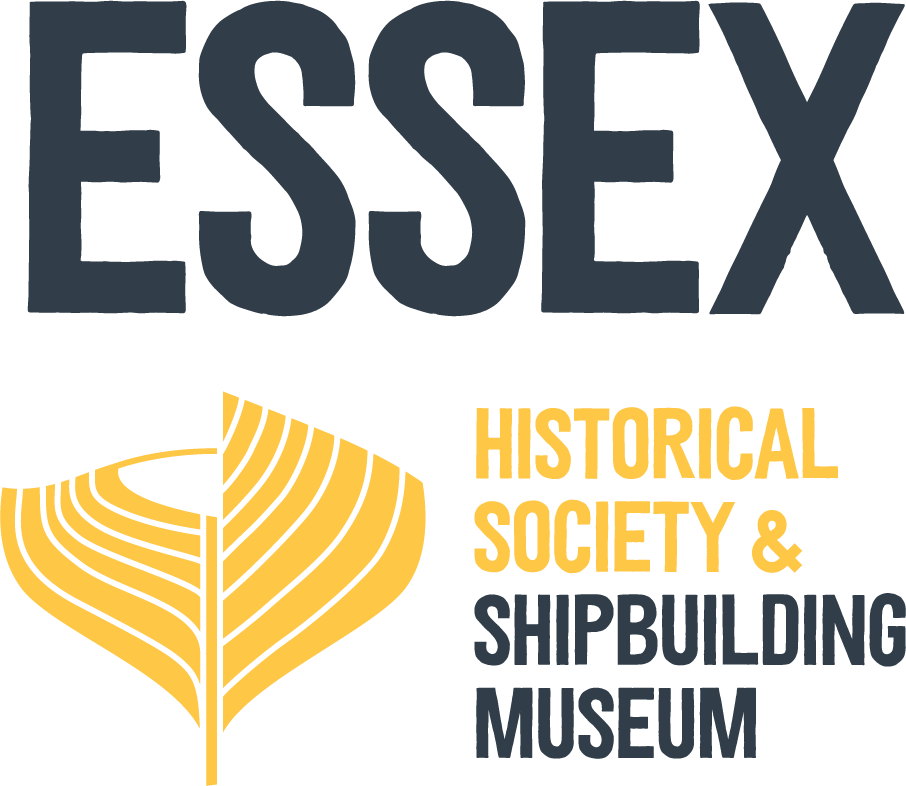Chebacco Boat LEWIS H. STORY
Named in honor of Essex’s foremost maritime historian. 1873-1948.
THE CHEBACCO BOAT
During the American Revolution, the British nearly destroyed the New England fishing fleet.
Since capital was lacking to build replacement schooners, a low-cost, quickly built vessel was needed.
A little two-masted boat, then popular for the inshore fishery, seemed to fit the bill.
Because it was developed in Essex which was then a parish of Ipswich called "Chebacco", the vessel was known as a "Chebacco Boat" if pink sterned (pointed) and "Chebacco Dogbody" if square sterned (the origin of the term "Dogbody" is not known).
Chebacco Boats were built by the hundreds not only in Essex, but in other coastal towns as well.
Typically, they measured between 22 and 30 tons and averaged from 24 to 48 feet in length, had two masts and no bowsprit.
They were usually a flush-deck vessel with several cockpits, or "standing rooms" in which the fishermen stood to fish. A middle hatch gave access to the fish hold.
Local Essex tradition has it that the first Chebacco Boat was built in the attic of a house. This is likely more legend than fact.
However, Chebaccos were almost always built near the dwelling of the builder and sometimes no more than a few yards from the front door.
When finished, the boats were loaded onto pairs of wooden wheels and hauled to the launch-site by teams of oxen.
Boat hauling went out of favor about the year 1835. Thereafter, all Essex vessels were built on the river's edge.
"There are Chebacco boats building for the Bay Fishery not only at every landing place, but in the yards of farmers some distance from the shore".
1817, The Reverend William Bentley, of Salem
In 1998, the Essex Historical Society and Shipbuilding Museum commissioned Essex shipwright Harold Burnham to construct a Chebacco to serve as the museum's flagship.
It measures 30 feet on deck and its hull, deck arrangement, and rig are typical of post-Revolutionary War inshore fishermen.
The STORY is named in honor of Essex shipwright, carver, designer, modeler, researcher and the town’s foremost maritime historian, Lewis H. Story, 1873-1948.
All contemporary studies of Essex history and the design of the American fishing schooner are based on his life-long study and scholarship.
Courtesy of K.R. Williamson Photography


